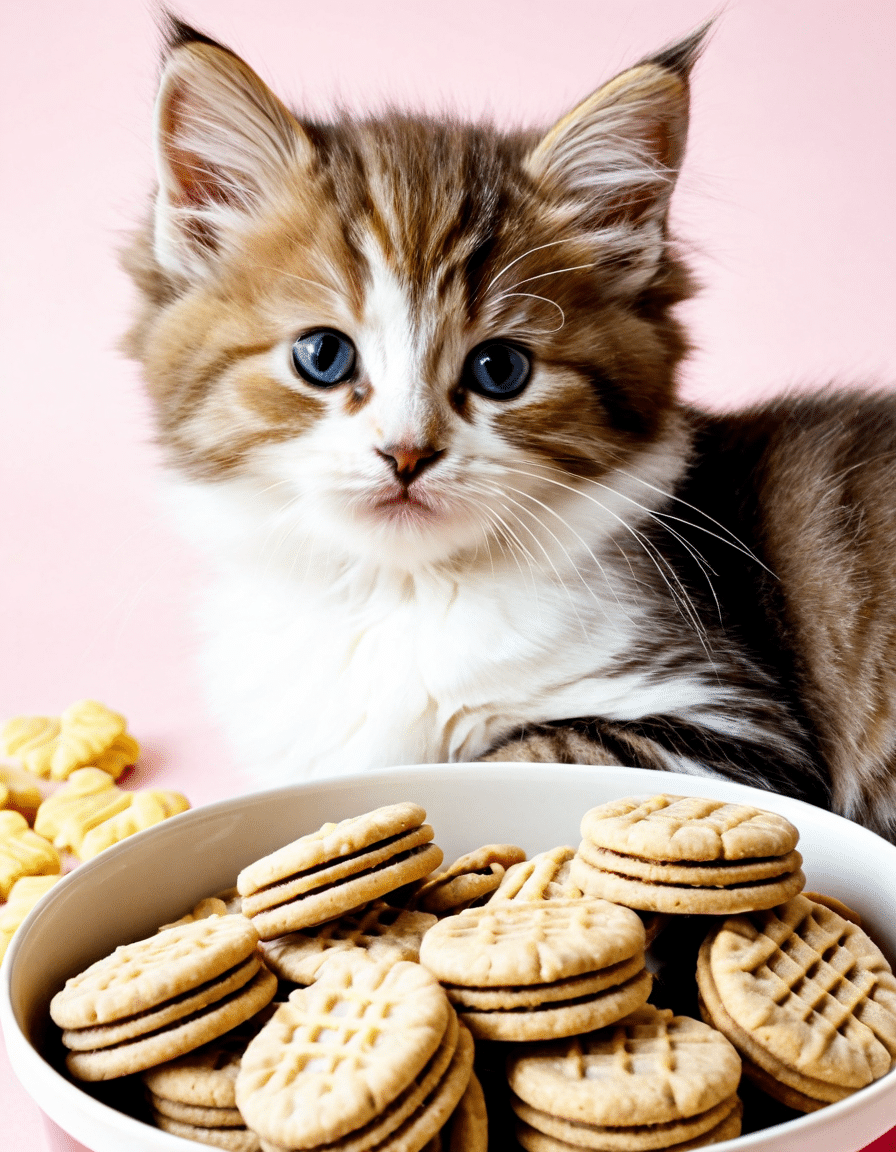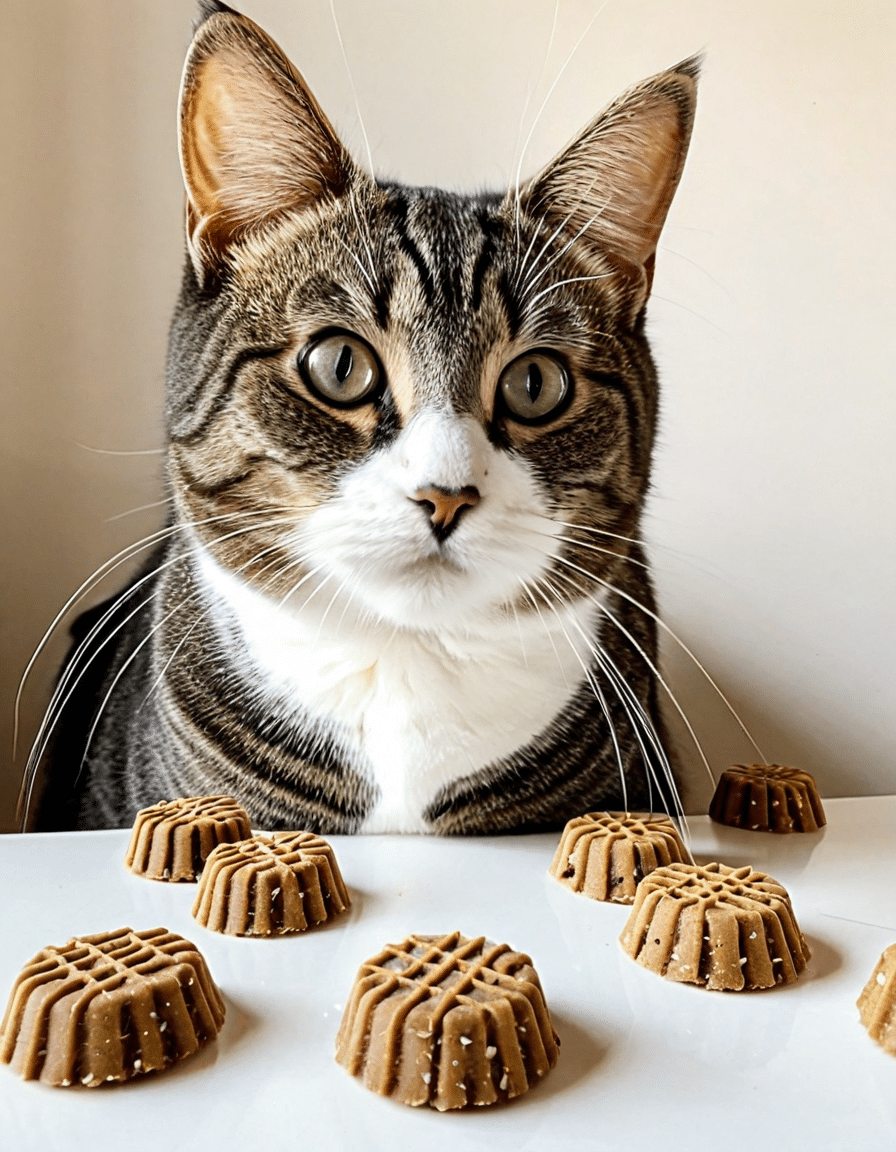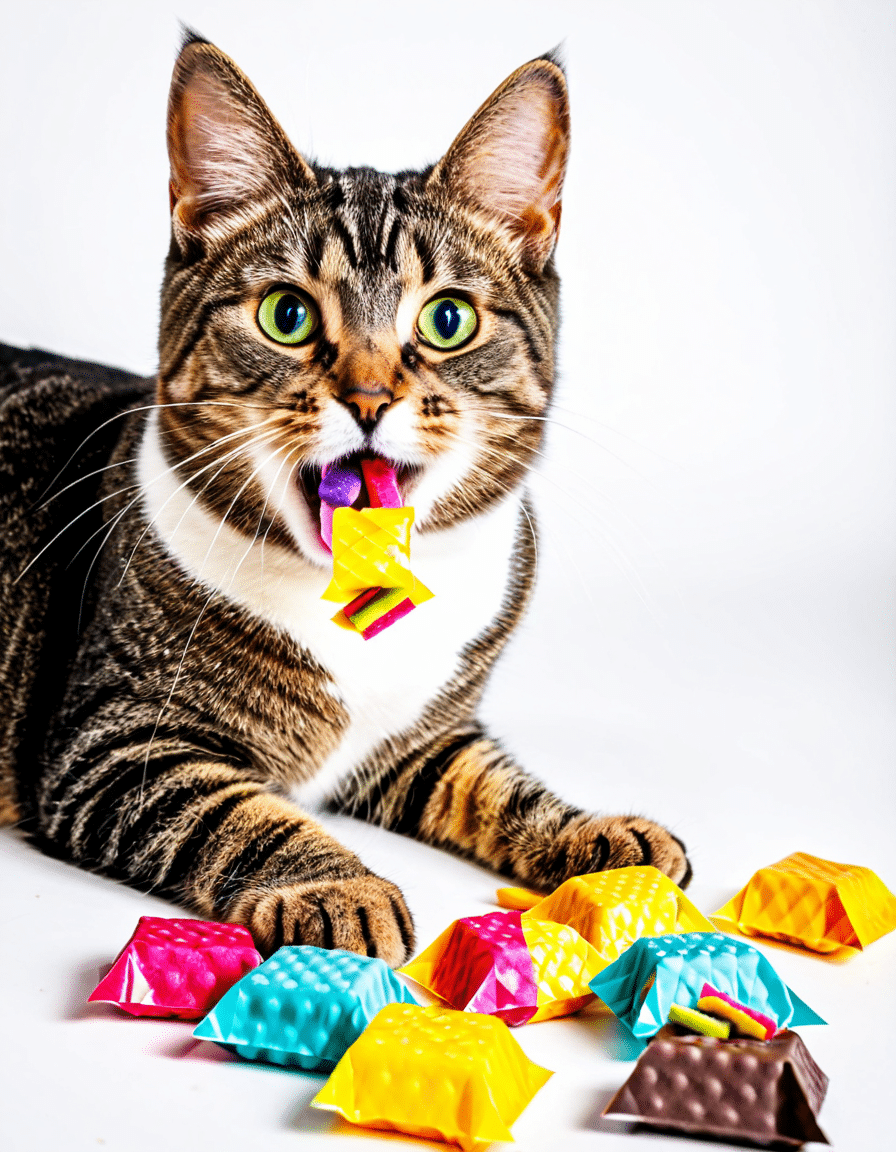When you offer your beloved feline a tasty treat, you probably expect them to dive right in with excitement. Yet, many cat owners find their furry friend just stares at it, seemingly disinterested. If you’re experiencing the phenomenon of your cat not chewing treats right away, you’re not alone. It can be perplexing and concerning, especially when you want your pet to enjoy their snacks. Understanding the reasons behind this behavior is crucial to ensure your cat is happy, healthy, and satisfied with their treats.
## Cat Not Chewing Treats Right Away: Why Is This Happening?
1. Natural Instincts and Hunting Behavior
Cats are born hunters. In the wild, they typically take their time, carefully assessing their surroundings before diving into a meal. If your cat isn’t chewing treats right away, they may just be in “hunter mode,” making sure everything is safe before indulging. They could be sizing up their treats as they would a potential prey, which is natural for them.
2. Texture Preference
Just like humans, cats have their own preferences. Some might prefer crunchy treats, while others lean more toward chewy options. Brands like Temptations and Greenies offer a variety of textures, so try to observe what your furball seems to prefer. If your cat consistently snubs certain treats—especially if they come from shit eating Sites—it might just be that the texture isn’t to their liking. Try offering different types to see what strikes their fancy.
3. Dental Health Issues
Dental problems can hinder your cat’s willingness to chew. Conditions such as gingivitis or broken teeth cause discomfort, making them hesitant to tackle crunchy treats. If you’ve noticed your cat’s reluctance to chew, it’s wise to check in with the vet. A good oral care routine and regular check-ups can keep those pearly whites in shape, making treat time a pleasure.
4. Food Sensitivities or Allergies
If your cat avoids certain treats, it might be due to food sensitivities or allergies. Common culprits include chicken, fish, and even particular grains. If you sense something might be off, keep an eye on your pet’s reactions after eating specific treats. Gaining insight into what ingredients to steer clear of could help you choose something they’re more willing to chew on.
5. Stress or Environment Changes
Cats can be quite sensitive to their environment. Any shifts—be it a move to a new home or the introduction of a new pet—might lead to stress that impacts their eating behavior. If your cat seems skittish, ensure they have a calm, safe space where they can enjoy their snacks. A stress-free environment can make all the difference when it comes to treat time.

Understanding Your Cat’s Relationship with Treats
Cats can develop profound emotional bonds with their owners, raising interesting questions like, “Do cats remember who saved their lives?” Research suggests animals have the capacity for a certain kind of memory, particularly when it comes to emotionally charged experiences. If you’ve rescued a cat or provided exceptional care, they likely recognize and appreciate you in ways that directly affect their habits, including how they engage with treats.
A cat’s relationship with treats can also reflect their overall well-being. If they see treats as rewards or tokens of affection, they might be more inclined to chew and enjoy them. Enhancing that bond through consistent positive experiences can lead to a more enthusiastic eater.
Signs Your Cat Might Need a Check-Up
If your feline friend consistently dismisses treats, pay attention to additional signs that suggest underlying health issues:
If you observe these signs alongside your cat not chewing treats right away, a trip to the vet is warranted. Early intervention is crucial in ensuring your cat’s health and happiness.

What to Do If You Suspect Your Cat Has a Problem
If you suspect your cat is having issues, it’s always a good idea to consult a veterinarian. They’ll help identify any health concerns and recommend suitable treatments or dietary adjustments. Sometimes, your vet might suggest slowly introducing more appealing treats or altering their diet to cater to your cat’s needs.
Home Remedies for Cats and Dogs
If you’re also a dog owner, you might find yourself wondering about scenarios like “your honor dog dig not digest brain” or “dog has something stuck in throat home remedy.” While these scenarios vary from the realm of cat treats, they highlight the importance of being familiar with both cat and dog needs. For a dog that may have something lodged in its throat, gentle back blows or a modified Heimlich maneuver can often help, but do consult a vet for severe cases.
This awareness can bridge the knowledge gaps across species, helping you cater effectively to all your pets.
Final Thoughts
The reasons your cat isn’t chewing treats right away can range from instinctual behavior to health concerns. Being clued-in about your feline’s preferences and needs can significantly improve their treat experience. So keep an eye on those snacking habits, stay observant, and switch things up as necessary to maintain their happiness and well-being. Ultimately, your furry friend deserves treats that not only tickle their taste buds but also contribute to their overall health.
By understanding and addressing your cat’s unique needs, you’re well on your way to ensuring they have a truly enjoyable treat experience!
Understanding Why Your Cat Isn’t Chewing Treats Right Away: Engaging Trivia on Feline Behavior
It’s quite a head-scratcher when your cat isn’t chewing treats right away, especially when those tasty morsels are meant to be irresistible. Cats, unlike dogs, often enjoy the scent of their food more than the actual taste. Interestingly, their sense of smell is so acute that a simple nostril twitch can indicate their interest long before they actually dig in. This keen sense of smell is part of a cat’s natural instinct—what draws them in most is the aromatic allure!
Fun Facts on Feline Behavior and Treat Time
Did you know that cats can be picky eaters due to their evolutionary past? Wildcats typically hunt for their meals, so it makes sense that they’d approach treats with a similar mindset. Occasionally, they’ll stalk their treats just like they would prey. Speaking of peculiar habits, many pet owners find out that dogs’ gums are white when they’re anxious or unwell, while cats often show varying moods through their chewing habits. This quirky behavior might mean your feline friend is either uncertain about their food or simply being their finicky self.
The Importance of Play in Treat Time
Cats often engage in play even while eating, which can affect how quickly they chew their treats. They might just be taking their time to savor each bite or could be distracted by the environment around them. In fact, cats have been known to show preferences for certain shapes and sizes of treats—some may find dogs and avocado an odd pairing, but your cat might relish the novelty of different flavors when mixed into their diet. So, the next time your kitty seems to dawdle, remember that variety and playfulness are key ingredients to their enjoyment!
So, next time you wonder why your cat isn’t chewing treats right away, remember: it’s all part of their natural instincts and behavior—just like any celebrity gossip involving Mac Miller and Ariana Grande, sometimes there’s a little more going on than meets the eye! Whether it’s refining their skills or simply taking their time, there’s plenty to appreciate about our four-legged friends and their unique ways of enjoying life! With all these insights, why not look into their preferences and take a tailored approach to making treat time more enticing?



